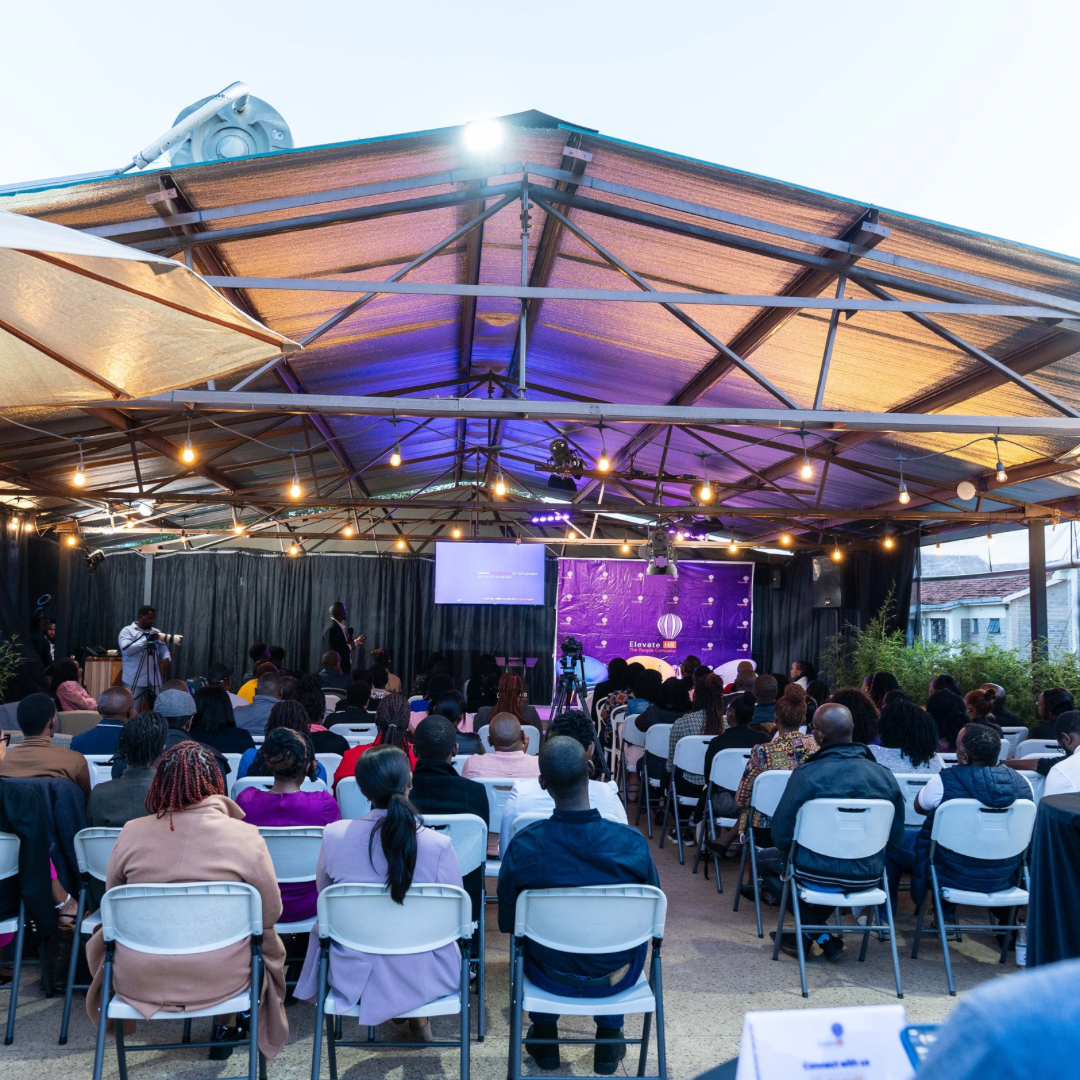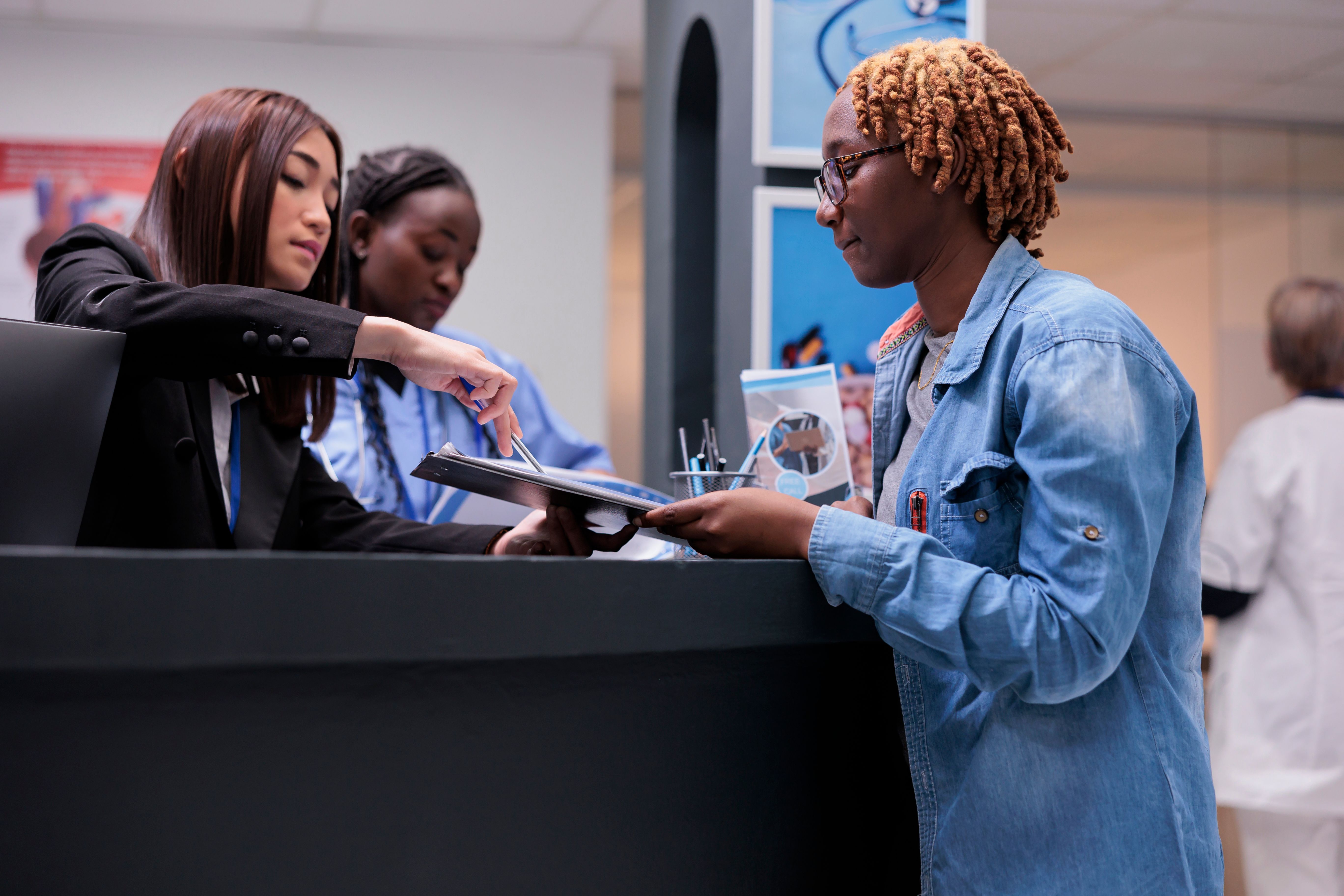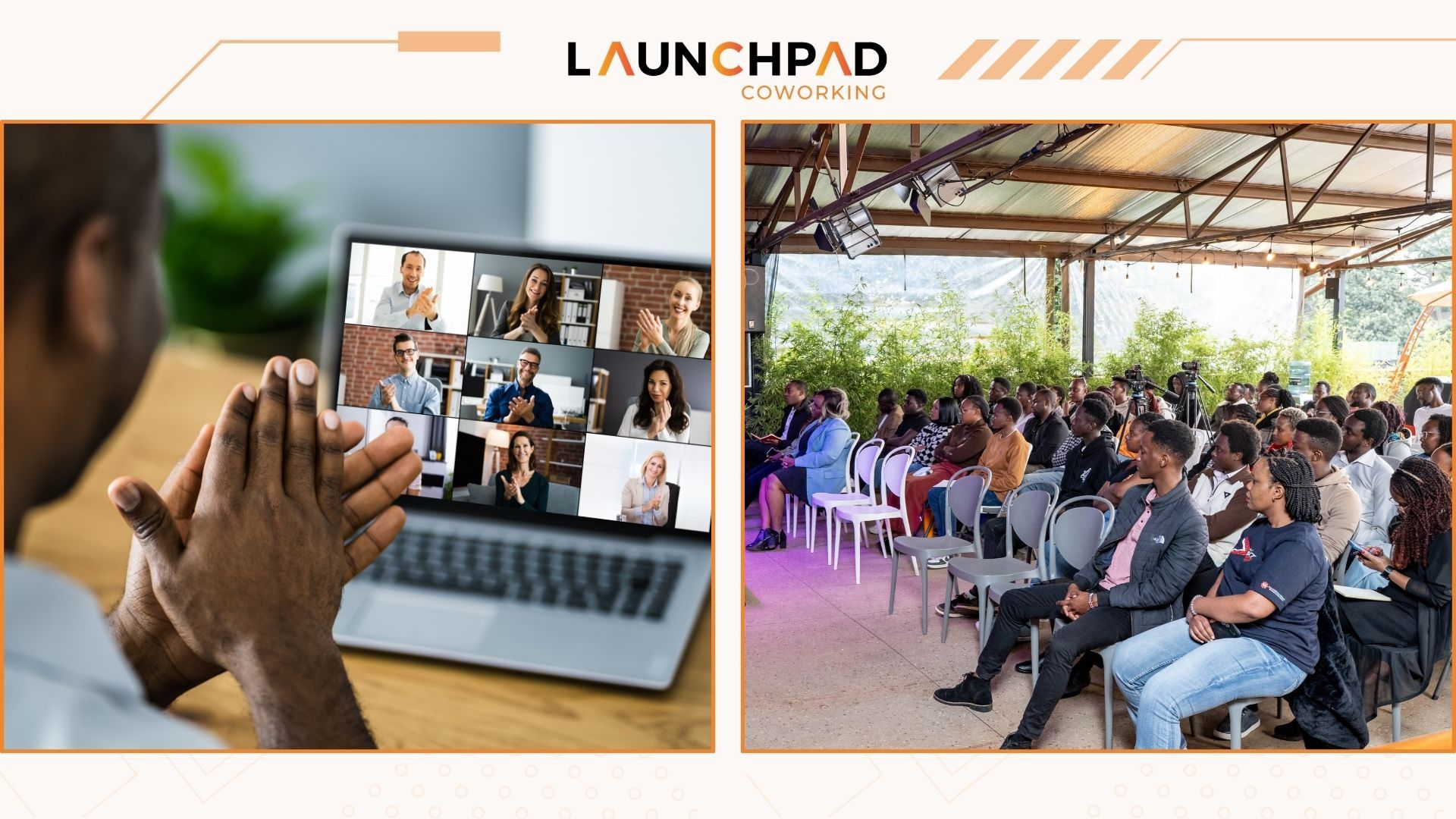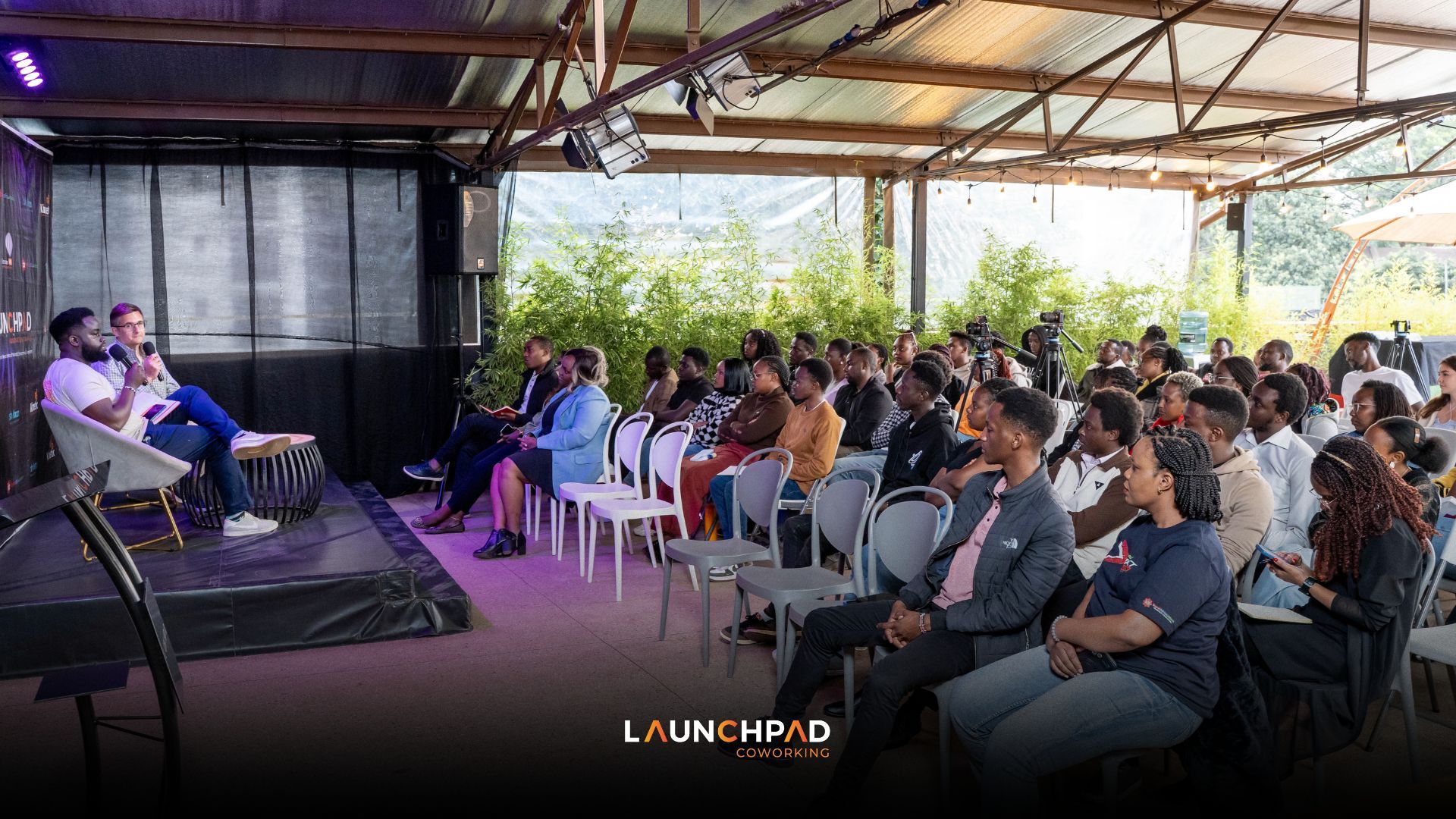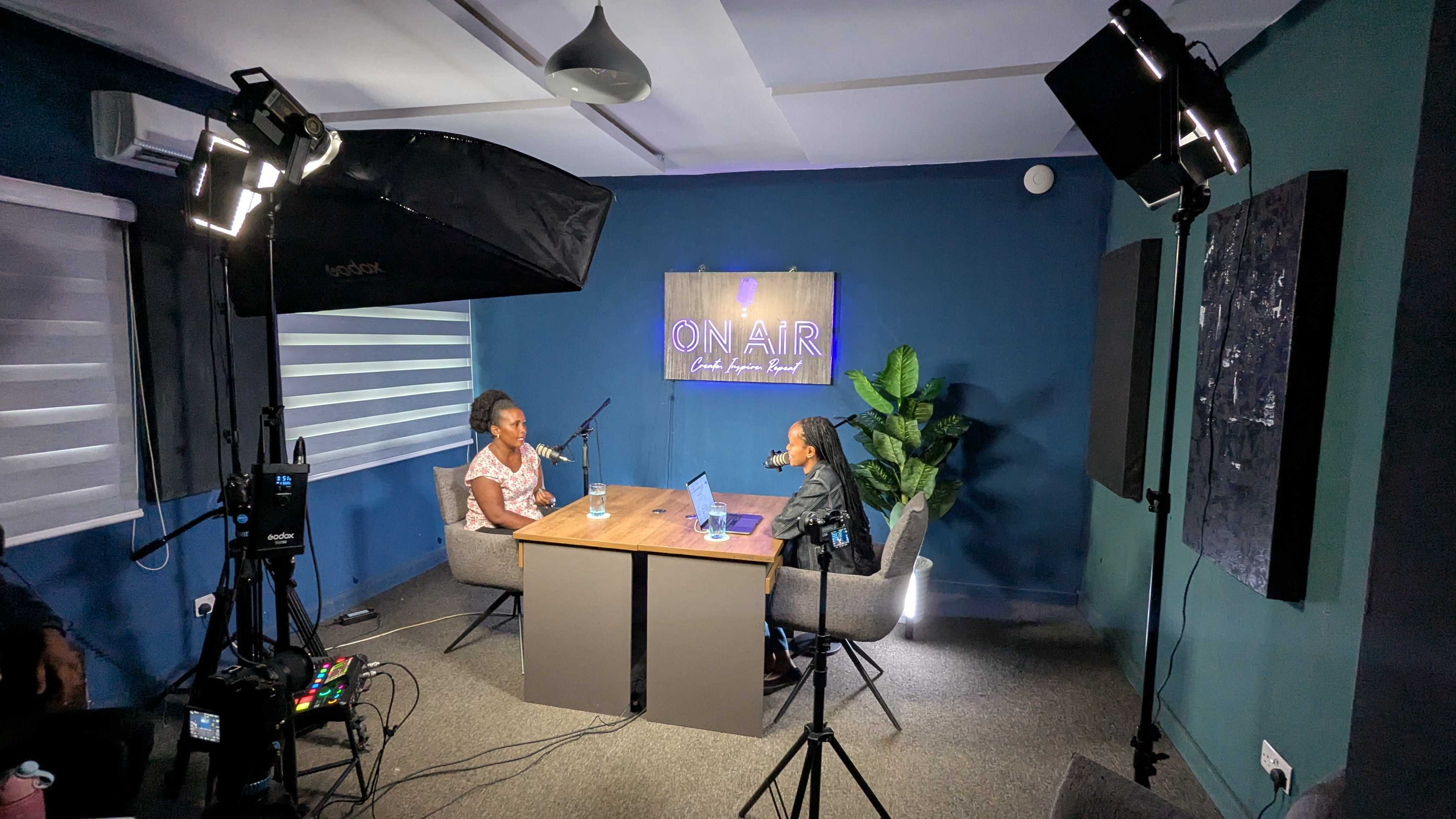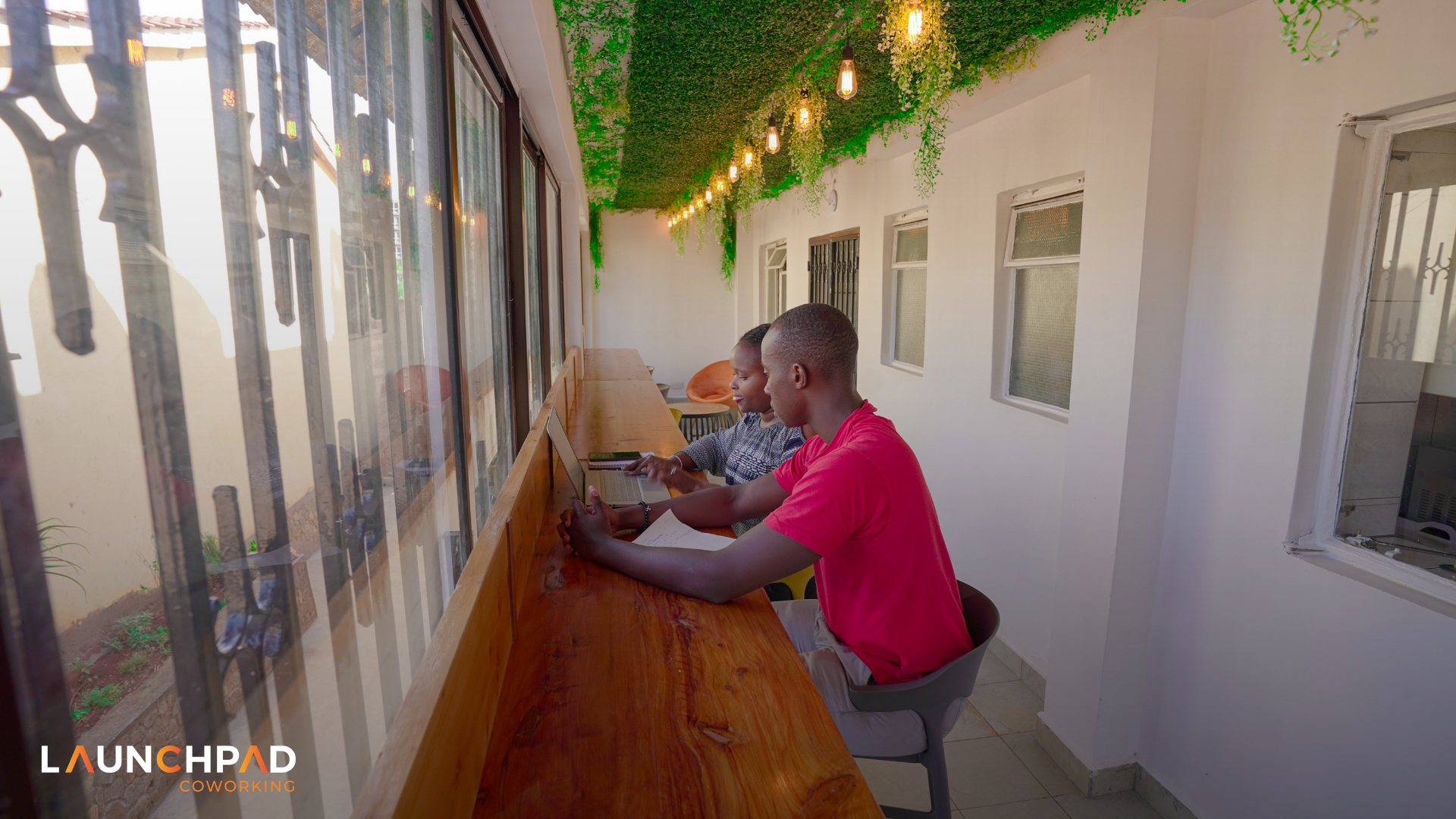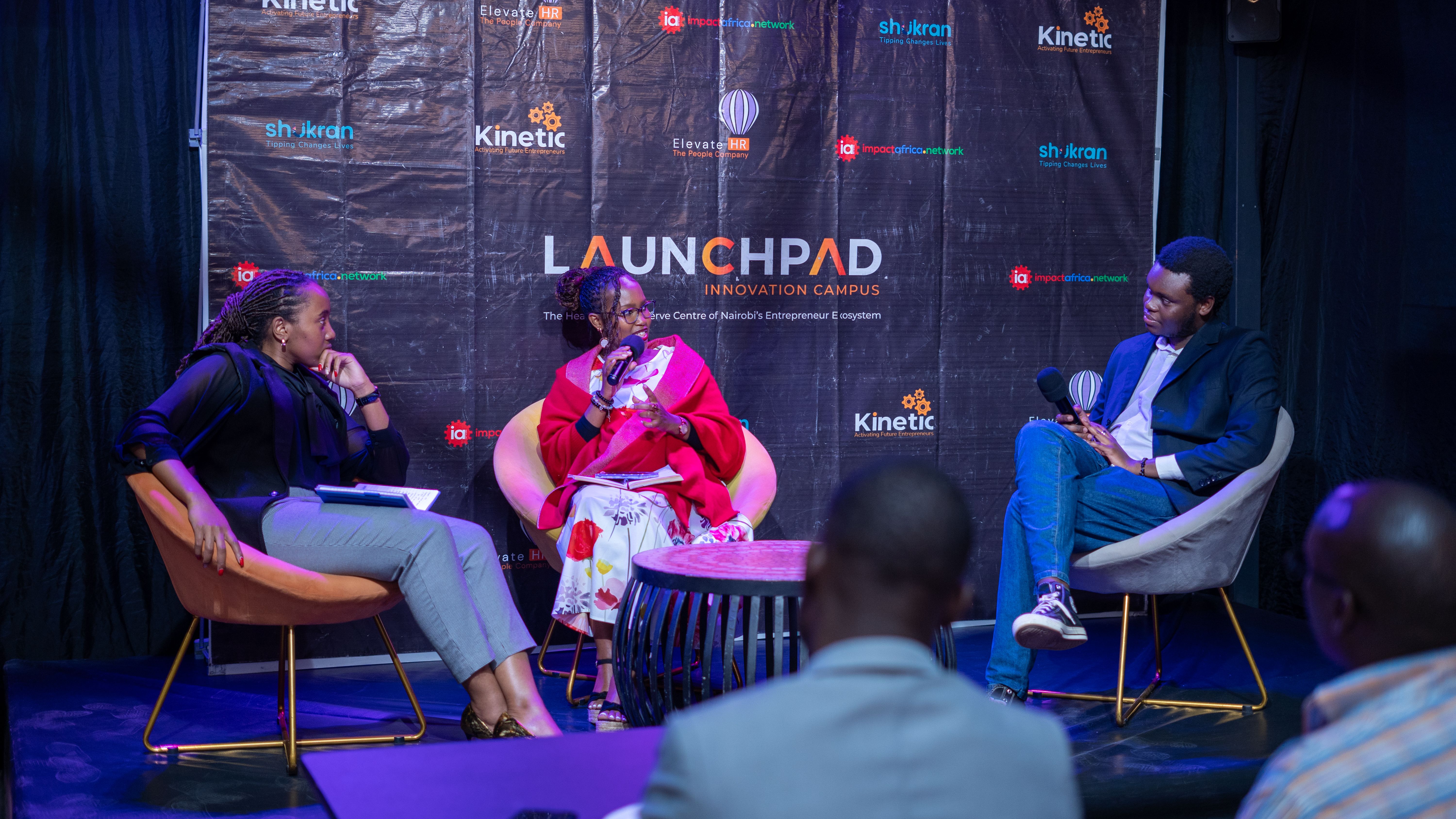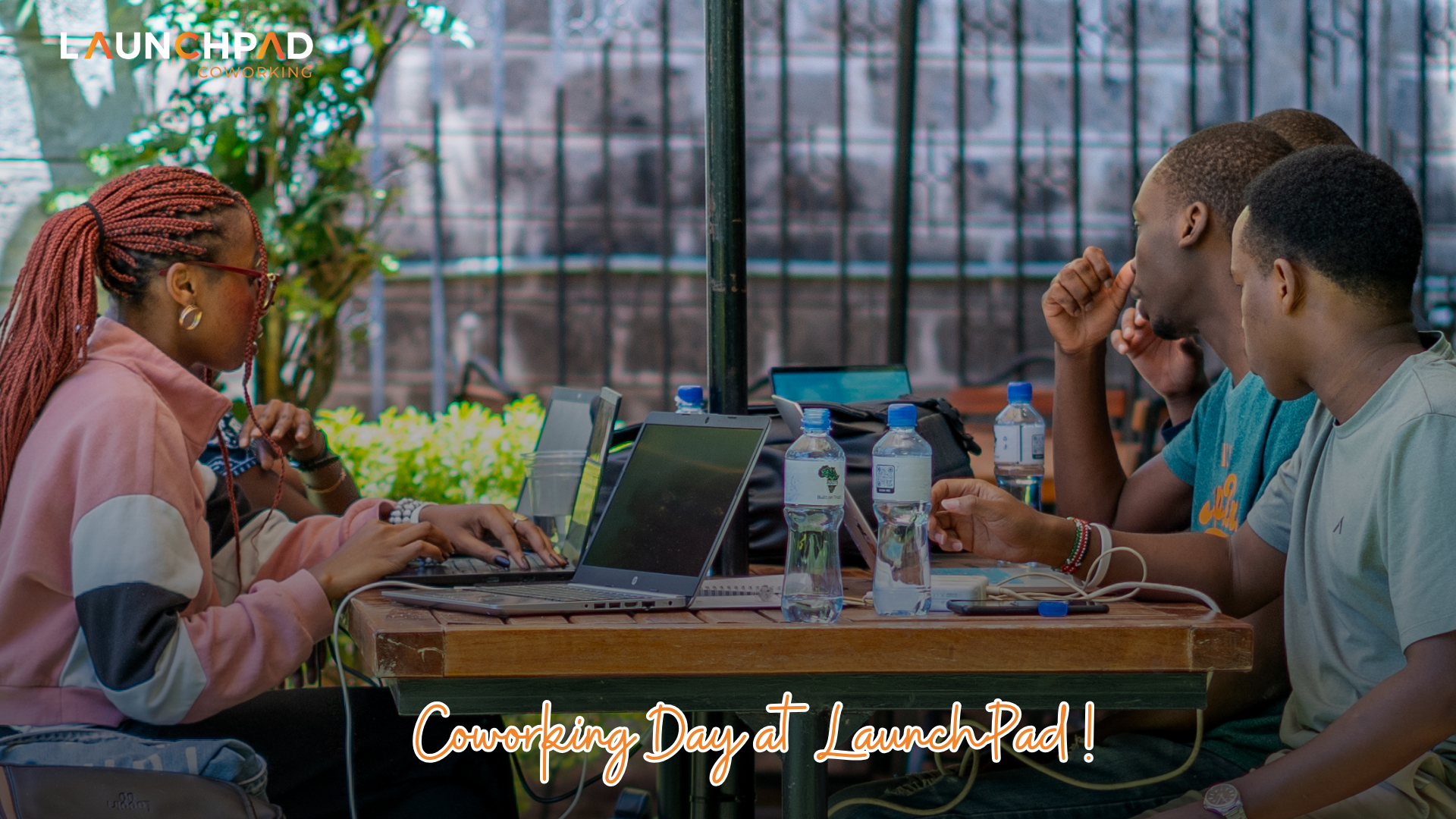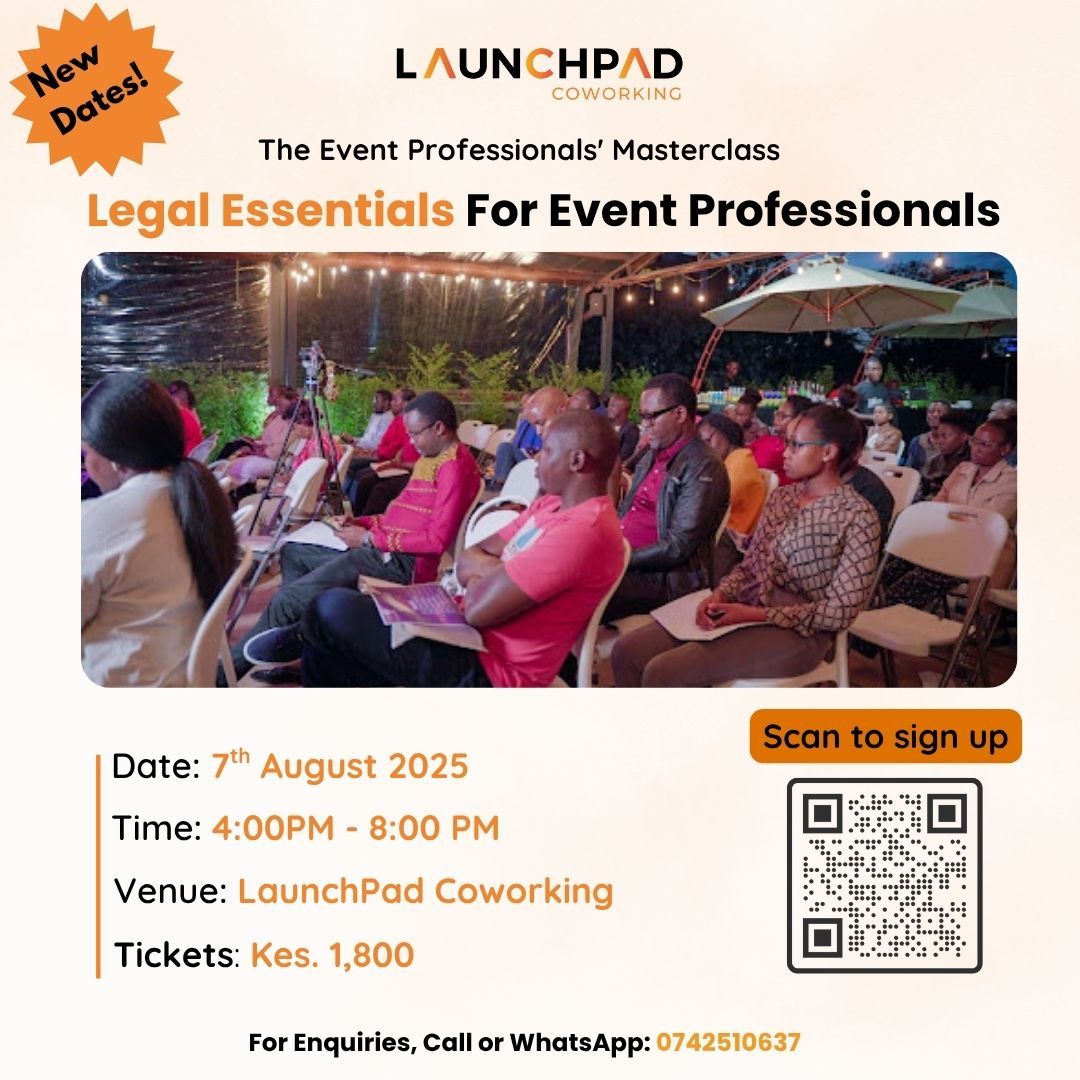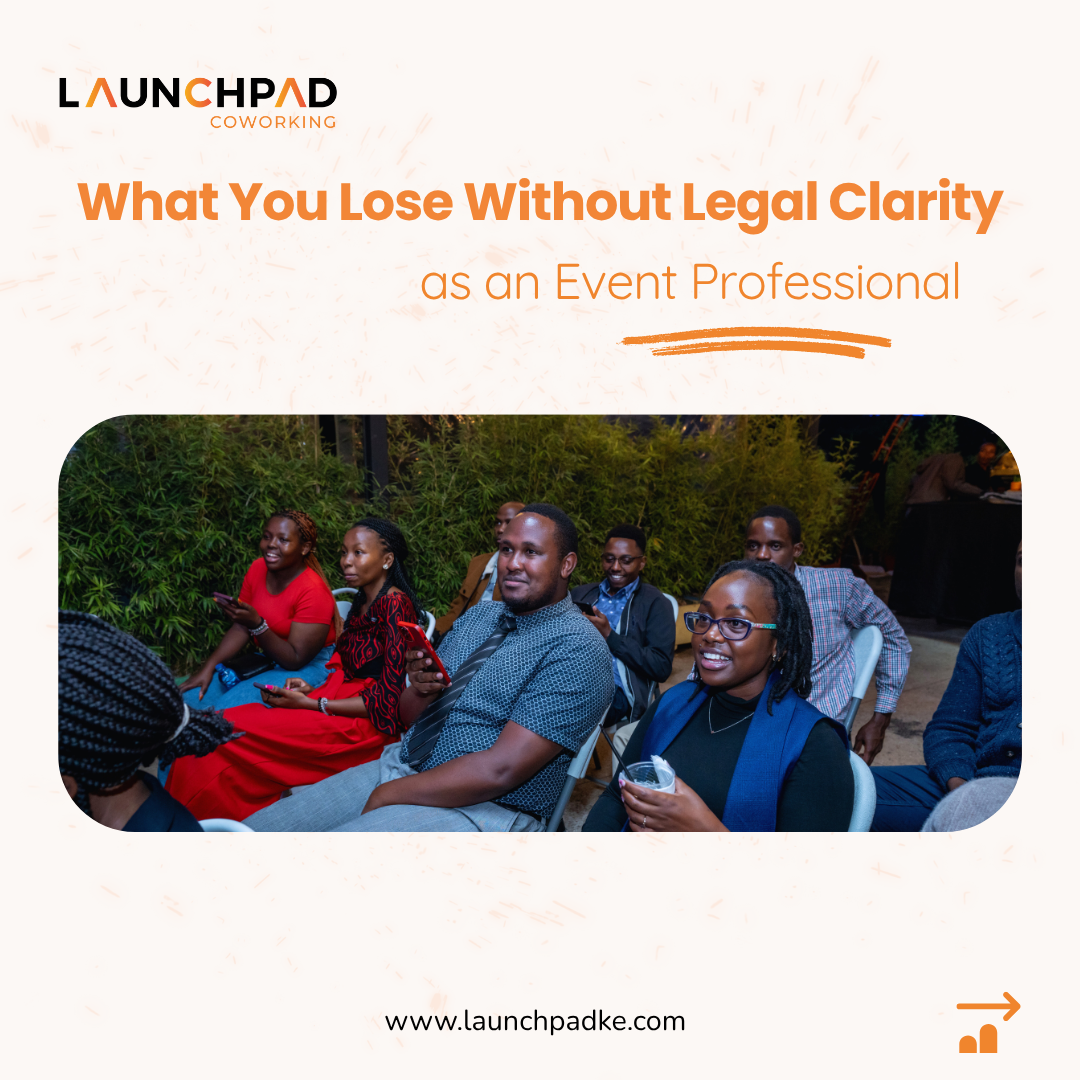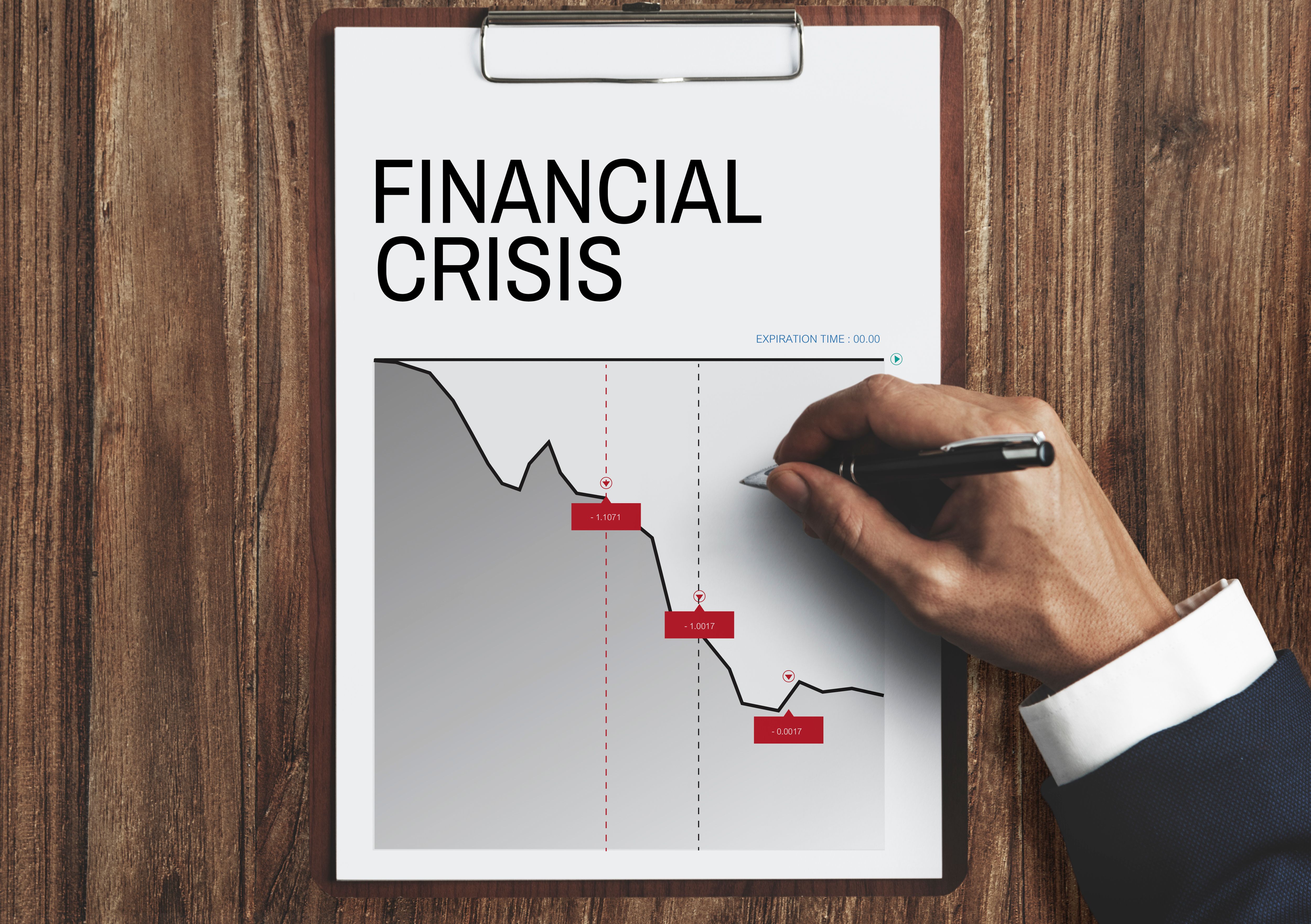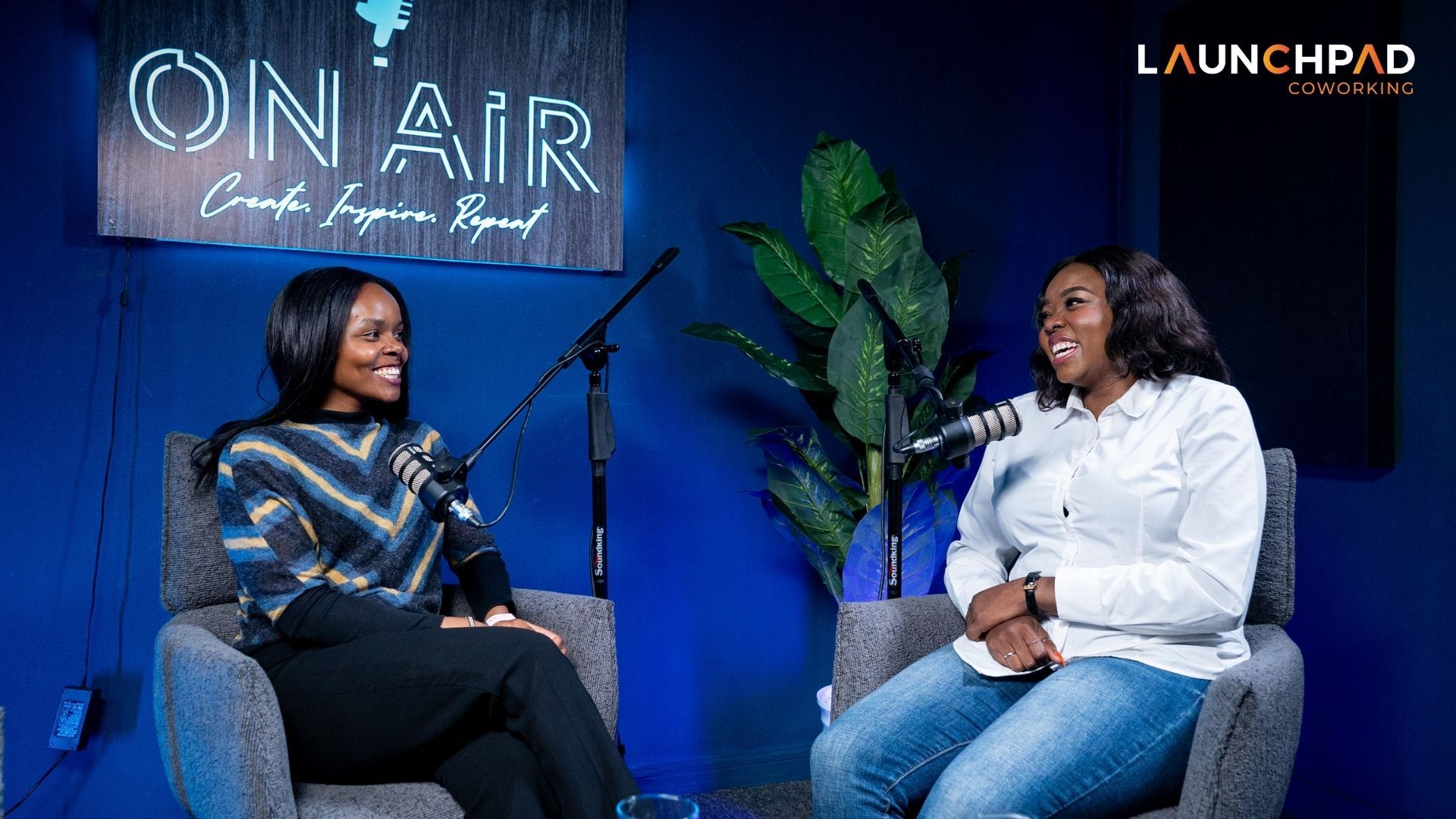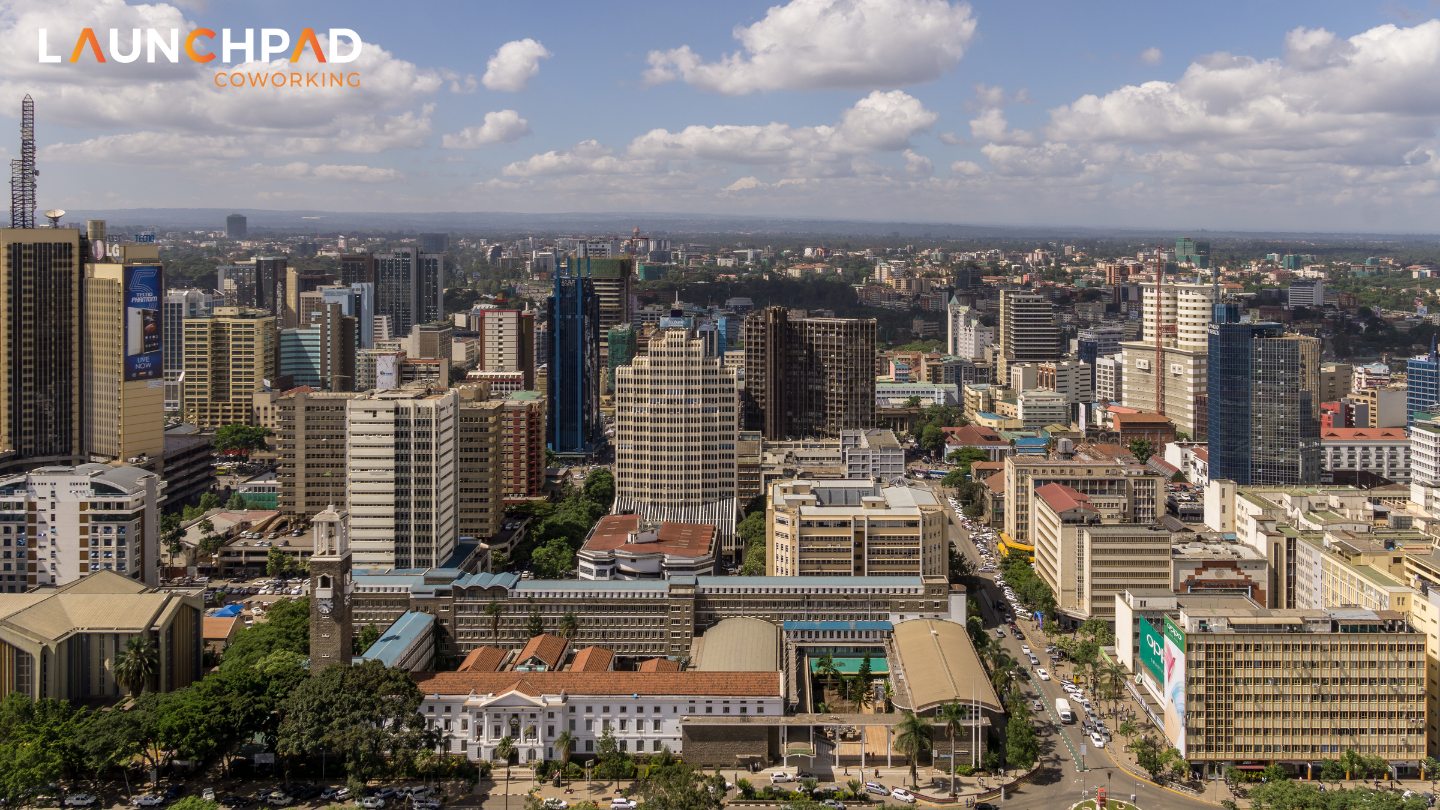In the world of events, it’s easy to get swept up in the glam, the crowds, the lights, the performances. But behind the scenes, what really determines an event’s success is the bottom line. Did it make financial sense? Was the return on investment (ROI) worth the effort? In this case study, we unpack a popular Kenyan coastal festival and explore how the event planners used budgeting, strategic tracking, and local partnerships to deliver a strong ROI and financial performance.
Background and Key Objectives
Every great event begins with a goal, and for this festival, it was threefold: increase ticket sales, enhance brand visibility for sponsors, and generate real economic impact for the local community. The organizing committee had learned hard lessons from previous editions where expenses outpaced income, and cash shortfalls led to last-minute compromises.
With a new financial team in place, the approach shifted. Budgeting wasn’t just about allocating funds,it became a planning tool, a risk management strategy, and a way to guide decision-making throughout the production cycle. The objectives were clear:
- Build a resilient and realistic budget with contingency built-in
- Secure reliable sponsorships early in the planning cycle
- Track costs and revenues in real-time to remain agile
- Deliver a memorable experience that would drive positive sentiment and encourage repeat attendance
In short, this was a shift from reactive event planning to strategic financial stewardship.
Budgeting and Cashflow Strategy
What set this edition apart was how the organizers treated the budget not as a static document, but as a living financial blueprint. From the start, they broke down the costs into granular categories: production, marketing, talent, logistics, security, sanitation, and permits. For each category, there was not just a fixed cost, but a projected range that allowed for flexibility.
The team also forecasted cash flow, mapping when funds would come in (from sponsors, ticket sales, merchandise) versus when expenses would go out. This helped avoid the common trap of spending early and running dry before key deliverables like security or clean-up could be paid for.
One of the smartest moves was introducing early-bird ticketing and phased pricing tiers. By selling tickets in waves, the festival generated early cash inflows, which funded essential up-front costs. This meant they weren’t overly reliant on last-minute ticket buyers a common risk in event planning.
Sponsorship was another pillar. Rather than chase big brands last-minute, the organizers created sponsorship decks months in advance. They offered value beyond just logo placement: sponsors could set up branded experiences, run contests, or co-create themed activations. This gave sponsors real value, which translated into stronger financial support.
They also allocated a 10% contingency reserve, based on a rolling estimate of total costs. This was critical. When unexpected costs arose—such as needing more security after a regional alert this fund prevented budget overruns.
The result? A budget that wasn’t just comprehensive but fluid, informed by real-time decisions and buffered against uncertainty.
Execution and Financial Outcomes
With the foundation laid, the festival launched in full force. Attendance surged to nearly 50,000 around 20% more than the previous year. The streets were alive with dancers, music, and food vendors, and the atmosphere was electric. But the success wasn’t just felt by attendees it was in the numbers.
Ticket revenue rose by 35% from the previous edition, largely due to the tiered ticket strategy and stronger pre-event marketing. Vendors reported record sales, and local hotels in the area saw a 60% jump in bookings compared to off-peak periods. Transport companies, especially taxi-hailing services and tour guides, also reported increased demand.
Sponsors got excellent brand mileage. One local beverage brand saw a 4x increase in online engagement from its activation booth at the event, including thousands of user-generated posts. The media coverage, both traditional and digital, extended their brand exposure well beyond the event.
At the end of the day, the ROI was clear. After subtracting total costs, the event generated a net revenue increase of approximately 25% over initial projections.
ROI was measured not only by profit but by economic uplift and long-term brand value. Based on the classic ROI formula: (Revenue – Cost) ÷ Cost the event hit a ratio of 1.8:1. That means for every Kenyan shilling spent, the event returned KSh 1.80.
KPIs That Mattered Most
Tracking ROI isn’t just about watching the bank account. The organizers followed key performance indicators that gave a fuller picture of success:
- Revenue vs. Budget: Real-time tracking allowed adjustments on the fly
- Attendance vs. Capacity: They ensured the event was near full without being overcrowded
- Vendor and Sponsor Satisfaction: Post-event surveys provided insight into economic impact
- Media Reach and Brand Mentions: Social listening tools helped quantify exposure
- Community Feedback: This was captured through digital polls and interviews
By evaluating both quantitative and qualitative indicators, the team gained a holistic view of the event’s performance.
Several practical insights emerged from this case:
- Budgeting is not optional, it’s strategic. Budget early, include contingencies, and revisit regularly.
- Cash flow can make or break your event. Track your inflows and outflows monthly, weekly, or even daily as the event approaches.
- Don’t undervalue sponsorships. They need to be built into the experience, not added on as an afterthought.
- Community engagement adds ROI you can’t always measure in cash. Satisfied locals and vendors become your ambassadors.
Want to learn how to design bulletproof budgets, build meaningful sponsorships, and track event ROI like a pro? Our learning community is made just for Kenyan event professionals like you. We break down complex financial strategies into practical, use-it-today lessons.
Ready to take your events to the next level?
Join the community and start learning smarter, together.





